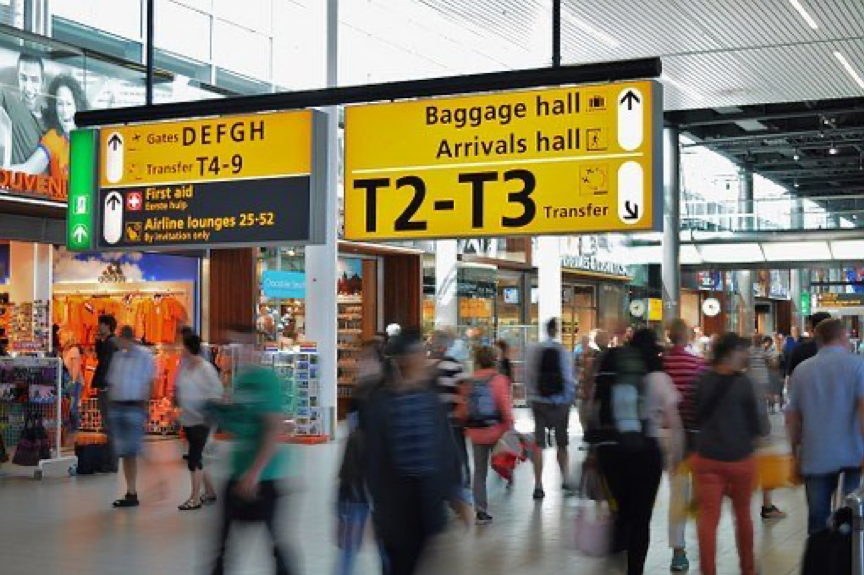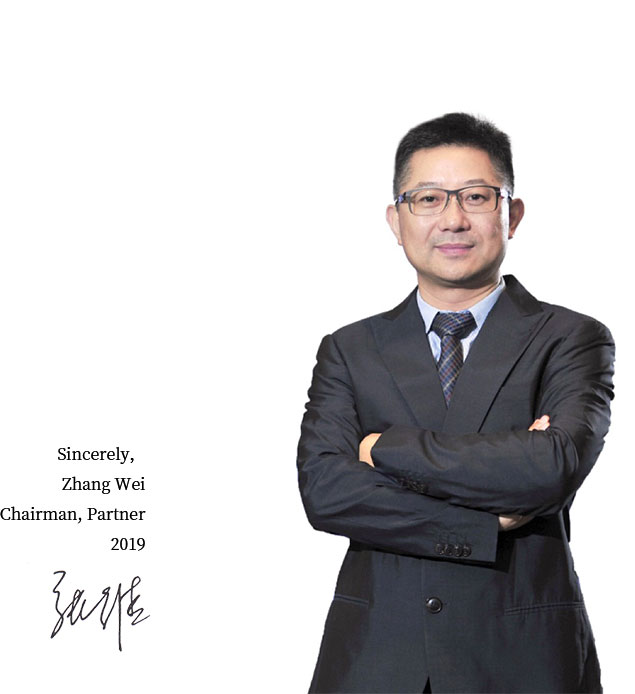2021.03.24 Tao Tao Views:
The priorities of Chinese overseas investment move to high-end manufacturing, finance and the real estates. On one hand, some private players have become more prominent than the state-owned ones in overseas investment.
Tao Tao: Five Dimensions on Global M&A, Features and Potential

Chinese buyers are caught in the global M&A mania. After the management system of negative list for the foreign investment from QFII (Qualified Foreign Institutional Investor) was initiated, the drivers of Chinese enterprises’ overseas investment have shifted from resources and policies to corporation strategies and demands. The priorities of Chinese overseas investment move to high-end manufacturing, finance and the real estates. On one hand, some private players have become more prominent than the state-owned ones in overseas investment. On the other hand, the financial capitals have promoted more financial investment and acquisitions. In the middle and later period of interest rates liberalization, the expansion of direct financing will cause a surge in global M&As and facilitate industrial upgrades. The M&As worldwide of Chinese enterprises just kick off as domestic interest rates liberalization is on its way. It will be the boomlet of Chinese exchange market in 2015.
Here are the five dimensions on evaluating M&A success.
First, drivers for M&A. On one hand, M&As are prompted by short-term trading opportunities. On the other hand, M&As are driven by strategies. They are based on corporate strategies, along with specific logics and methodology. M&As are achieved through meticulous and systematic investigation and multiplied negotiations with many underlying companies. Definitely the latter one is more objective.
Second, valuation. Valuation involves the comprehensive investigation on company value and the price of the targeted M&A. The investigation checks on the all-about businesses of the company and its core value on the acquisition portfolios. It includes an estimation on potential synergy, in order to make a reasonable decision at the right time.
Third, pricing and relevant protections. The buyers should set store by the core assets and the risk pool on the uncertainties during and after M&A. The buyers should confirm that no violations committed by the selling parties. All clauses for protection should be in place to ensure mature and safe M&As.
Fourth, means of financing. Many Chinese enterprises prefer cash payment, leverage financing and bank loans to make M&As work. Those enterprises which utilize multiple means of financing, including share capital, leverages, PEs, industrial alliances, deleveraging through IPO, outshined in the market. Lenovo’s acquisition of IBM’s PC division and Shuanghui’s (or WH Group) Smithfield acquisition manifested this point.
Fifth, business integration after acquisitions. Many professional skills are needed after acquisitions for integrating businesses, overcoming differences between the corporate cultures of local companies and foreign companies, managing the risks of hedge currency and interest rate swings, and adding value to the companies.
Most SMEs and listed companies in China are incompetent in overseas mergers and acquisitions. Luckily, the local PEs have grown and can make great contributions to global M&As.
Above: The conclusion of global M&A strategies and standards from Tao Tao, one of the CoStone Capital co-founders. He is an experienced investor and directed many overseas mergers and acquisitions. Please refer to the link below to see the article in full: http://stonevc.com/news_view.aspx?TypeId=5&Id=504&Fid=t2:5:2
Rewritten by: Luo Xinying, Edited by: Du Zhixin, Wei Yiyi
The year 2019 marks the fortieth anniversary of China’s Reform &Opening-Up, once again, we meet at the turning point of history. What’s the next step for the game, is there any clear guidance? The answer is affirmative.
Our country is enjoying a good momentum of development, which does not come from the Washington Consensus nor the Beijing Consensus. China’s experience has proved that both the visible hand and the invisible hand are crucial: the visible hand, stands for the government-led reform, and would yield benefits for reform and opening up; the invisible hand, stands for the Marginal Power represented by the private sector, and would improve economic efficiency and tax collection, create jobs and employment opportunities.
Provided that we want to protect and expand the benefits form reform, three simple but mandatory agreements are to be made and followed: No.1 Private ownership must be recognized, protected and treated equally with public ownership constitutionally, both ownerships are scared and inviolable;No.2 Make further clarification of the principal position of market economy, “deepen economic system reform by centering on the decisive role of the market in allocating resources”, as President Xi addressed in the third Plenary Session of the 18th CPC Central Committee;No.3 Implement the guiding principles of “comprehensively promoting law-based governance” of the fourth plenum. The rule of law is essential for economic growth, irreplaceable to protect private ownership, and necessary to encourage innovation and entrepreneurship.
Above are three rules for us to avoid falling into the Middle-income Trap. Assuming that we are breaking systematic barriers to private enterprises’ participation in market economy, and boosting innovation and entrepreneurship of our society, then we are heading towards a promoting direction. We are marching in the path of light, regardless of the ups and downs of Sino-US relationship, the drop in GDP growth rate, or the monetary policy.
These principals also apply on knowing how better to run a business: don’t be hedged by rules and regulations at the beginning, pay more attention to your survival, and you’ll learn more when you start your second business.
For many years, Huawei has been the only Chinese company on the list of the Top 50 R&D Spenders. Regardless of the economy and its income, what Huawei has been doing is investing in its future, dedicated to R&D, continuously and resolutely. This provisional work underscores Huawei’s accomplishments, making Huawei anindustry leader.
So, there are standard answers on how to run a company,which could be summarized as concentration and professional dedication, continuous investment on innovation and trying harder in R&D. Entrepreneurship is also important, every single company needs entrepreneurs to push aside all obstacles and difficulties, to implement strategies and ideas. We, as investors, are destined to look for such outstanding entrepreneurs and their companies, invest in them and partner with them.
At this key point of history, a country, a company, or asingle individual, will all need to find the right path. Four decades after the Reform and Opening-up, it’s time to learn from our experience and stop “wadding across
